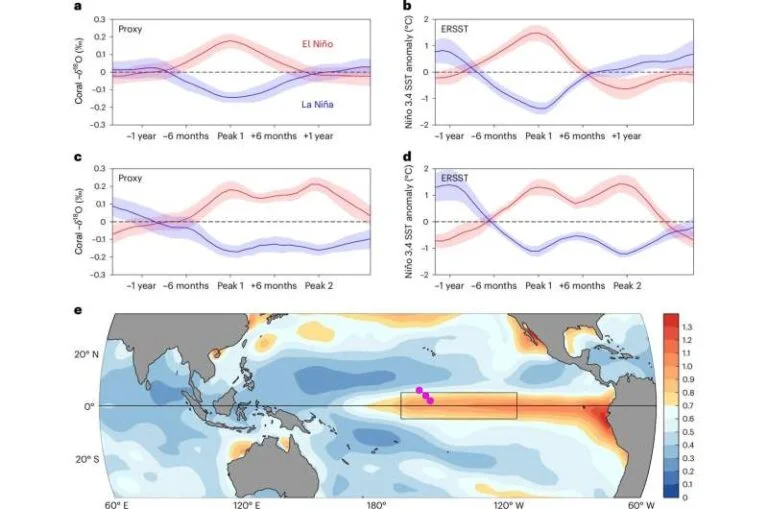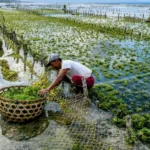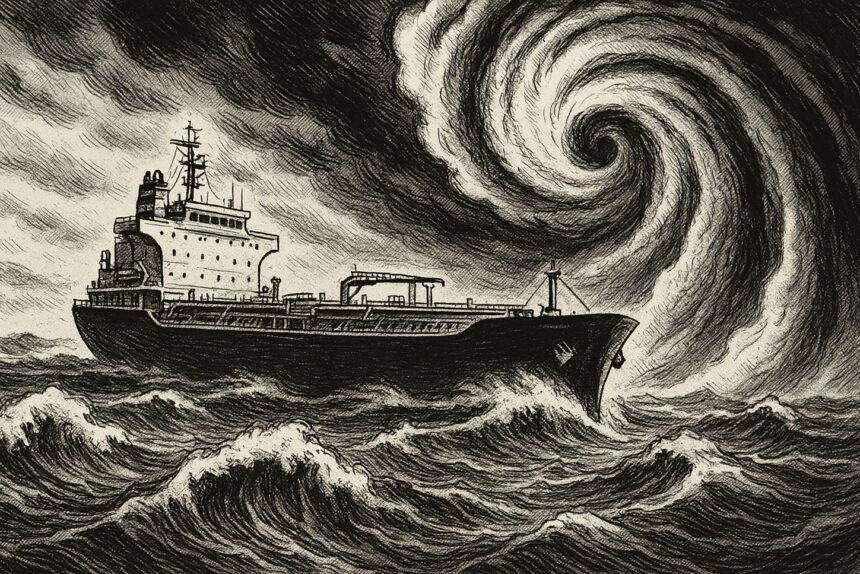Such events have been tied to changes in fish populations and climate events such as rain patterns.
A recent study published in Nature Geoscience has uncovered a significant increase in the frequency of multi-year El Niño events over the past 7,000 years. These prolonged climatic phenomena, which can last two years or more, have become five times more common during this period. Phys.org, Nature The study suggests that changes in Earth’s orbital patterns, which have altered the amount of sunlight reaching the oceans, are likely contributors to this trend.
El Niño’s Impact on Fish Populations in Australia and Asia
El Niño events have a profound effect on marine ecosystems, particularly on fish populations in Australia and across the Asia-Pacific region. The warming of sea surface temperatures in the central and eastern Pacific disrupts ocean currents, upwelling processes, and food availability, leading to shifts in fish distributions and declines in key fish stocks.
El Niño’s Impact on Fish Populations in Australia and Asia
El Niño events have a profound effect on marine ecosystems, particularly on fish populations in Australia and across the Asia-Pacific region. The warming of sea surface temperatures in the central and eastern Pacific disrupts ocean currents, upwelling processes, and food availability, leading to shifts in fish distributions and declines in key fish stocks.
1. Impact on Australian Fisheries
Coral Reef Fisheries (Great Barrier Reef, Northern Australia)
During strong El Niño events, the eastern Pacific experiences warmer-than-average waters, while the western Pacific, including Australia’s coasts, faces cooler and drier conditions. These temperature shifts can lead to:
- Coral bleaching: Warmer sea temperatures stress coral reefs, causing bleaching events that degrade habitats for reef fish such as snappers, groupers, and parrotfish.
- Decline in fish stocks: Species dependent on coral reefs for food and shelter experience reduced populations, affecting both commercial and subsistence fisheries.
- Changes in migration patterns: Fish such as tuna and mackerel may shift their habitats, moving further south or into deeper waters, making them less accessible to fishers.
Tuna and Pelagic Fisheries
El Niño alters the distribution of warm water currents, leading to:
- Eastward migration of tuna stocks: Fish like yellowfin and skipjack tuna typically found in Australian waters move towards the central and eastern Pacific, reducing catch rates in the Coral Sea and off the coasts of Queensland and Western Australia.
- Declining fishery yields: Australian tuna fleets often experience lower catch volumes during El Niño years, affecting export revenues and seafood markets.
2. Impact on Asian Fisheries
Southeast Asia (Indonesia, Philippines, Thailand, Vietnam)
In Asia, where fisheries support millions of livelihoods, El Niño has severe consequences:
- Weaker upwelling in Indonesia: Normally, the waters around Indonesia experience strong upwelling, which brings nutrient-rich cold water to the surface, sustaining anchovy and sardine populations. During El Niño, this upwelling weakens, reducing plankton availability and leading to lower fish stocks.
- Decline in small pelagic fish: Key species like sardines and anchovies, which form the backbone of Southeast Asian fisheries, experience lower reproduction rates and biomass.
- Economic losses for local fishers: Reduced catches force small-scale fishers to venture further offshore, increasing costs and risks.
China and Japan (Yellow Sea, East China Sea, and Pacific Coast)
- Changes in squid and mackerel distribution: Warmer waters lead to a northward shift of squid and mackerel populations, altering fishing grounds and creating competition among regional fisheries.
- Disruptions to aquaculture: China’s extensive aquaculture sector suffers from higher temperatures and increased disease outbreaks in farmed fish and shellfish.
3. Long-Term Ecological and Economic Consequences
- Disruptions to food security: Fish is a major protein source in Asia and Australia, and declining fish stocks can impact food availability and prices.
- Shifts in fishing industry profitability: Fishing communities may face economic hardship, with some forced to diversify into alternative livelihoods.
- Policy and adaptation measures: Governments and fisheries management bodies in the region are investing in adaptive strategies, such as improved monitoring, sustainable fishing quotas, and aquaculture development to counteract El Niño’s effects.
Looking Ahead
As El Niño events become more prolonged and intense due to climate change, their impact on fisheries in Australia and Asia is expected to grow. Strengthening marine conservation efforts, investing in climate-resilient fisheries, and supporting fishing communities will be key to mitigating future risks.
Research Methodology and Findings
Long-lasting El Niño events are those that last longer than one year—typically two. To verify this, the team ventured to various parts of the Pacific Ocean, where they measured oxygen isotope levels trapped in corals. Because corals have a long lifespan, isotope levels can be used to document the occurrence of El Niño events over thousands of years, similar to measuring changes to rings in trees.















